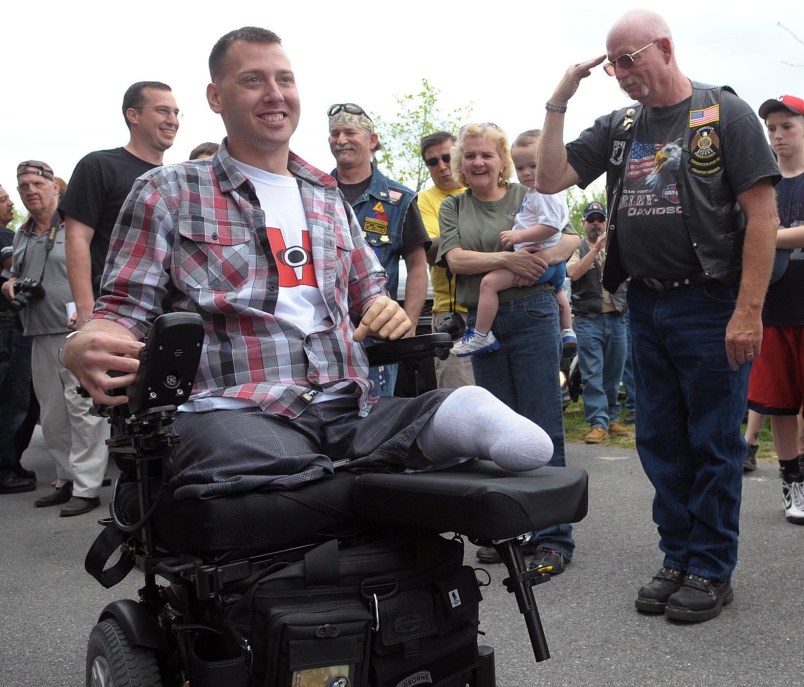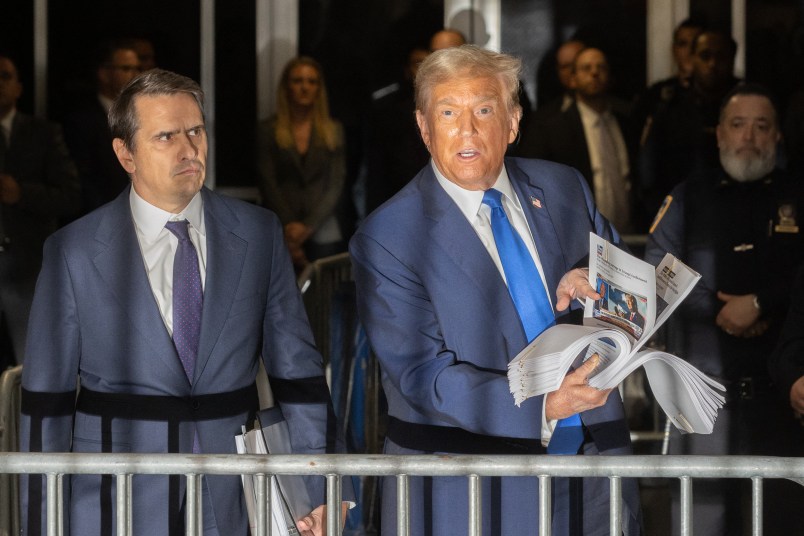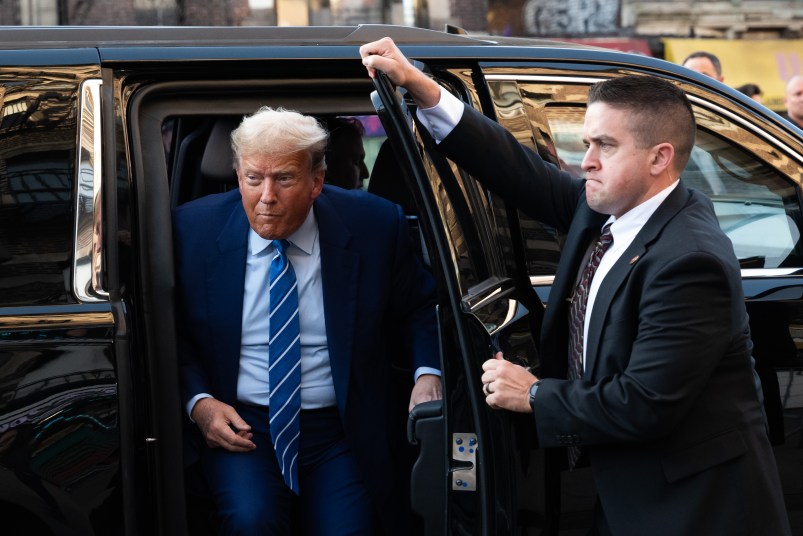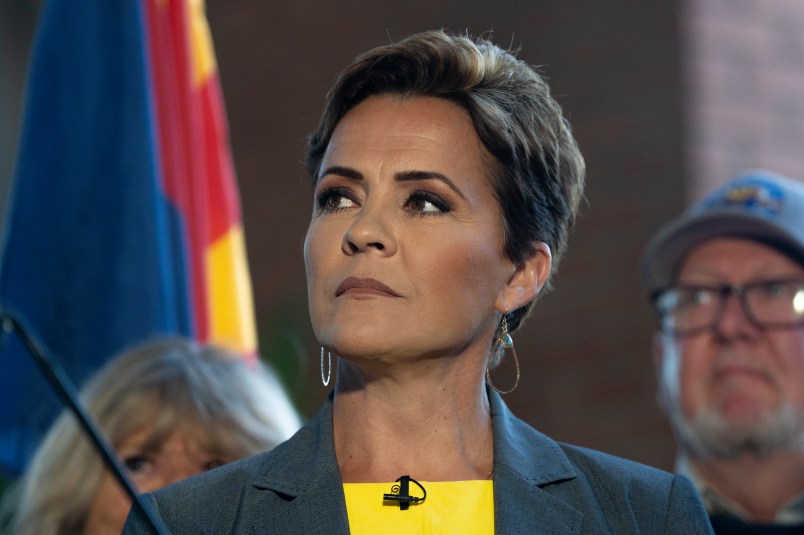WASHINGTON (AP) — A little more than half of the veterans who got college money under the GI Bill since 2009 eventually graduated, though many took longer to do it, a new study estimates.
The report released Monday estimated that 51.7 percent of student veterans earned a degree or certificate for some kind of higher education. That’s slightly lower than the graduation rate for traditional students, who generally enroll out of high school, but higher than for veterans’ non-traditional peers — those students who also tend to be older and have families and jobs.
The study was done by the Student Veterans of America, an advocacy group, with help from the VeteransAffairs Department and the National Student Clearinghouse. Experts on veteran issues say it’s the most comprehensive study to date on a sparsely researched subject — how vets are performing under a GI Bill program that has spent nearly $35 billion since 2009.
“Americans have invested substantial dollars in giving our veterans an opportunity to further their education and this report shows many positive signs that they are doing just that,” SVA president Wayne Robinson said. “The majority of student veterans accessing their GI Bill benefits are completing degrees and showing unparalleled determination to do so, despite many unique barriers.”
The Post-9/11 GI Bill went into effect in 2009 for America’s newest generation of veterans. It provides the most generous educational benefits since the original bill went into effect in 1944 for World War II troops. The benefit can be used by a veteran or a member of the immediate family — and more than a million people have used it so far. VA pays all tuition and fees for an in-state student at a public university, $1,000 annually for books and supplies, and a housing allowance generally the same as an army sergeant with dependents would get from the Defense Department. This school year the average monthly payment was $1,430.
The SVA, a nonprofit coalition of 985 student vet organizations on college and university campuses globally, entered into an agreement with the VA to create a database, which consisted of 1 million records from veteranbeneficiaries who enrolled for education benefits between 2002 and 2013.
Analysis of the records showed that the majority of student veterans over those years finished a bachelor’s degree within four to six years and an associate degree within four, the SVA said. The group described the graduation rates as strong considering the extra challenges many student veterans face, such as having a service-related disability.
“They are persisting and they are graduating — so that’s really exciting to know,” SVA spokesman William Hubbard said in an interview. He said previous reports have fed a public perception that too many veteranshave been dropping out of school. Though different reports have counted in different ways and direct comparisons are difficult, Hubbard said the average of 51.7 percent vet completion rate over the years studied compares to 56 percent for traditional students and 43 percent for their nontraditional peers, figures found in other research.
Vets are going for degrees that could help them get in-demand careers, the report said. The top bachelor degree fields were business, social sciences, homeland security, law enforcement and firefighting, and computer and information sciences.
About 72 percent of the student veterans who graduated did so from public universities. Another 15.5 percent attended private universities, while about 13 percent attended for-profit schools.
Google, The Kresge Foundation, Lumina Foundation and Raytheon gave SVA more than $2.2 million to support the study project.
Copyright 2014 The Associated Press. All rights reserved. This material may not be published, broadcast, rewritten or redistributed.









